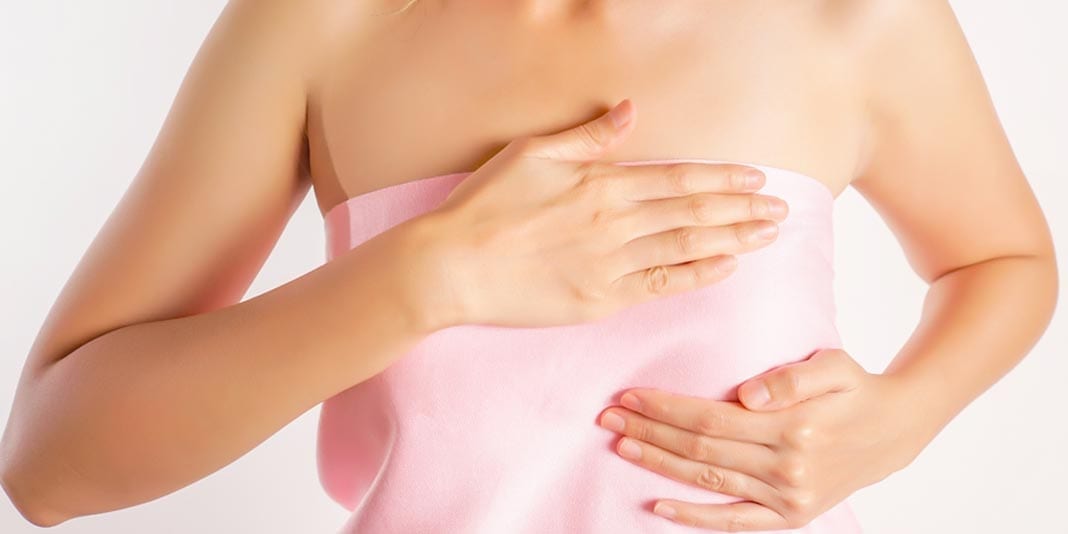We’re all aware of the dangers of breast cancer. Although 9 out of 10 lumps found are non-cancerous, it’s incredibly important that you regularly check your breasts and always go to your doctors if you find anything suspicious.
Many of us are often told we need to be regularly checking our breasts. Still, you may be unsure of how to effectively check them, or might simply forget to make it a part of your routine. Here are some top tips on how to accurately monitor your breasts, and how to ensure it becomes a part of your weekly routine.
How Do You Check Your Breasts?
When it comes to checking your breasts, there’s no right or wrong way of looking for lumps. What’s important is that you get to know your breasts individually, as everyone is different. Breasts can vary in shape, size, and consistency. They can also change throughout your cycle, making it essential that you know what is ‘normal’ for your breasts when and before you’re menstruating. For example, tender and ‘lumpy’ breasts can be normal during your menstrual cycle. Post-menopause breasts feel much softer and less lumpy or firm.
Top Tips For Checking Your Breasts
-
- Get to know your breasts and know what’s normal for you
- Regularly look at and feel your breasts
- Be aware of any changes you may notice in the appearance or feel of your breasts
- Report any of these changes to your Dr without any delay
- If you’re over 50 be sure to attend regular breast screenings
Breast Changes To Regularly Look Out For
If you have checked your breasts and noticed any of the below changes, you should contact your doctor for an appointment as soon as possible.
-
- A change in the shape, size or outline of your breasts
- Puckering or dimpling of the skin on or around your breasts
- A new lump
- Thickening or a bumpy area in your breast or armpit
- A red, moist area on your nipple that doesn’t seem to be healing
- Any nipple discharge that isn’t ‘milky’
- Bleeding from the nipple area
- Any change in the position of your nipple or a rash around the nipple
- Pain or discomfort in the breast, particularly if it is on one breast or is a new pain that doesn’t go away
How To Check For Changes
-
- Stand in front of a mirror undressed in a well-lit room. Take a good look at your breasts with your arms relaxed by your side and look for any changes in their appearance.
- Carefully check the nipple area for any sores, change in position, or peeling.
- Put your hands on your hips and firmly press down so that your chest muscles tighten. Turn from side to side and look at the outer part of your breasts.
- Bending forward towards your mirror, roll your shoulders and elbows forward to further tighten the chest muscles. As your breasts fall forward, look for any changes in their contour or shape.
- Clasp your hands together, place them behind your head, and press your hands forward. Turn from side to side again to inspect the outer area of your breasts. Lift your breasts with your hand to check the border.
- Place your thumb and forefinger on the tissue surrounding your nipple. Gently pull outward towards the end of your nipple and look for any discharge. Repeat on the other breast.




































